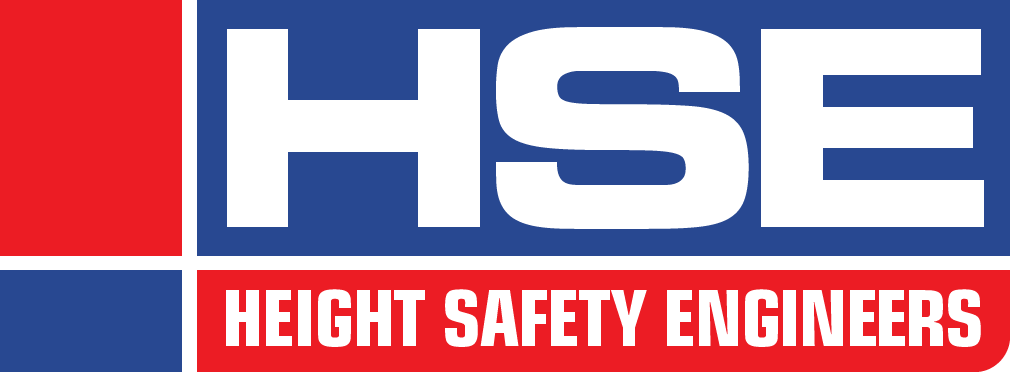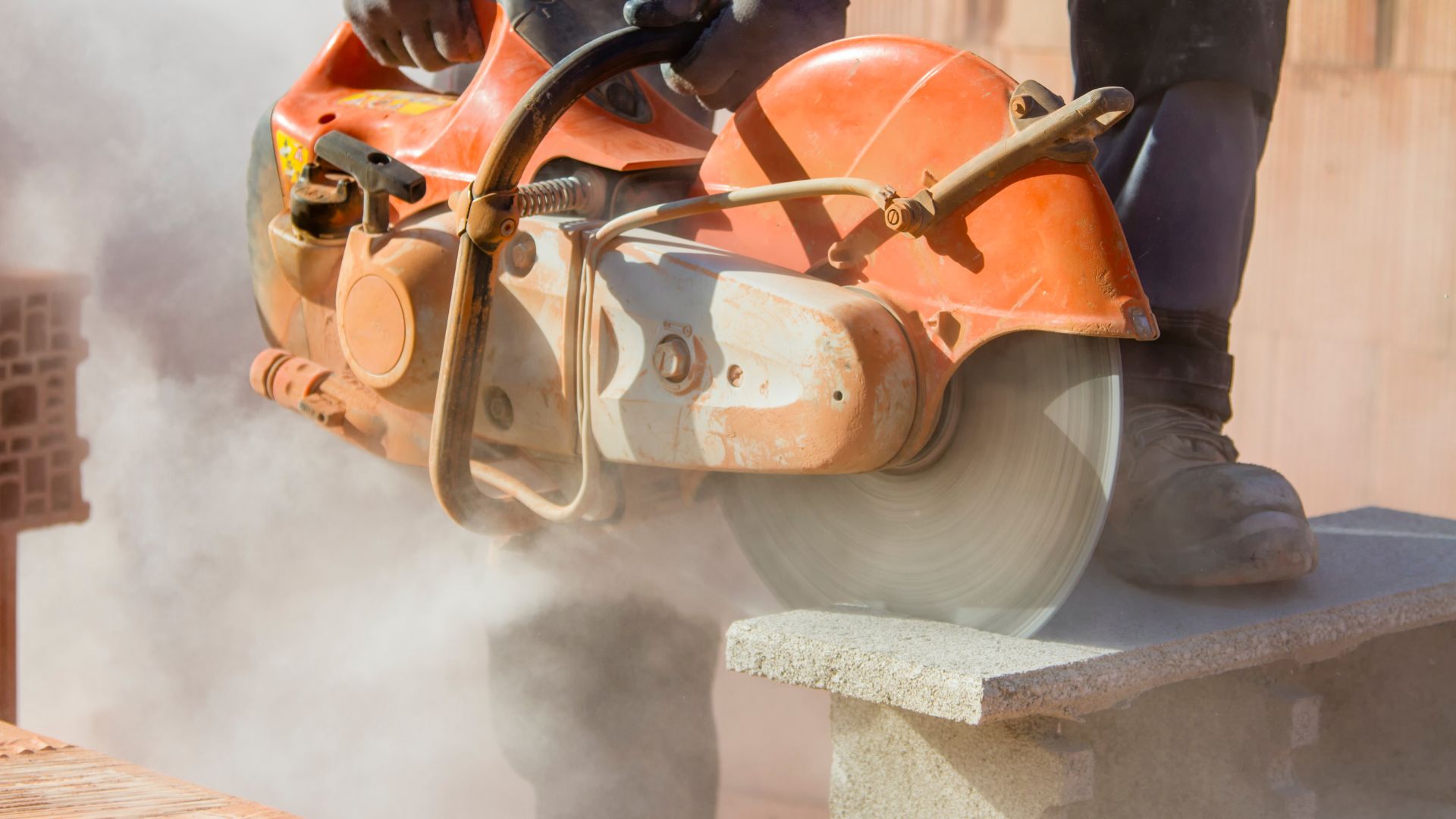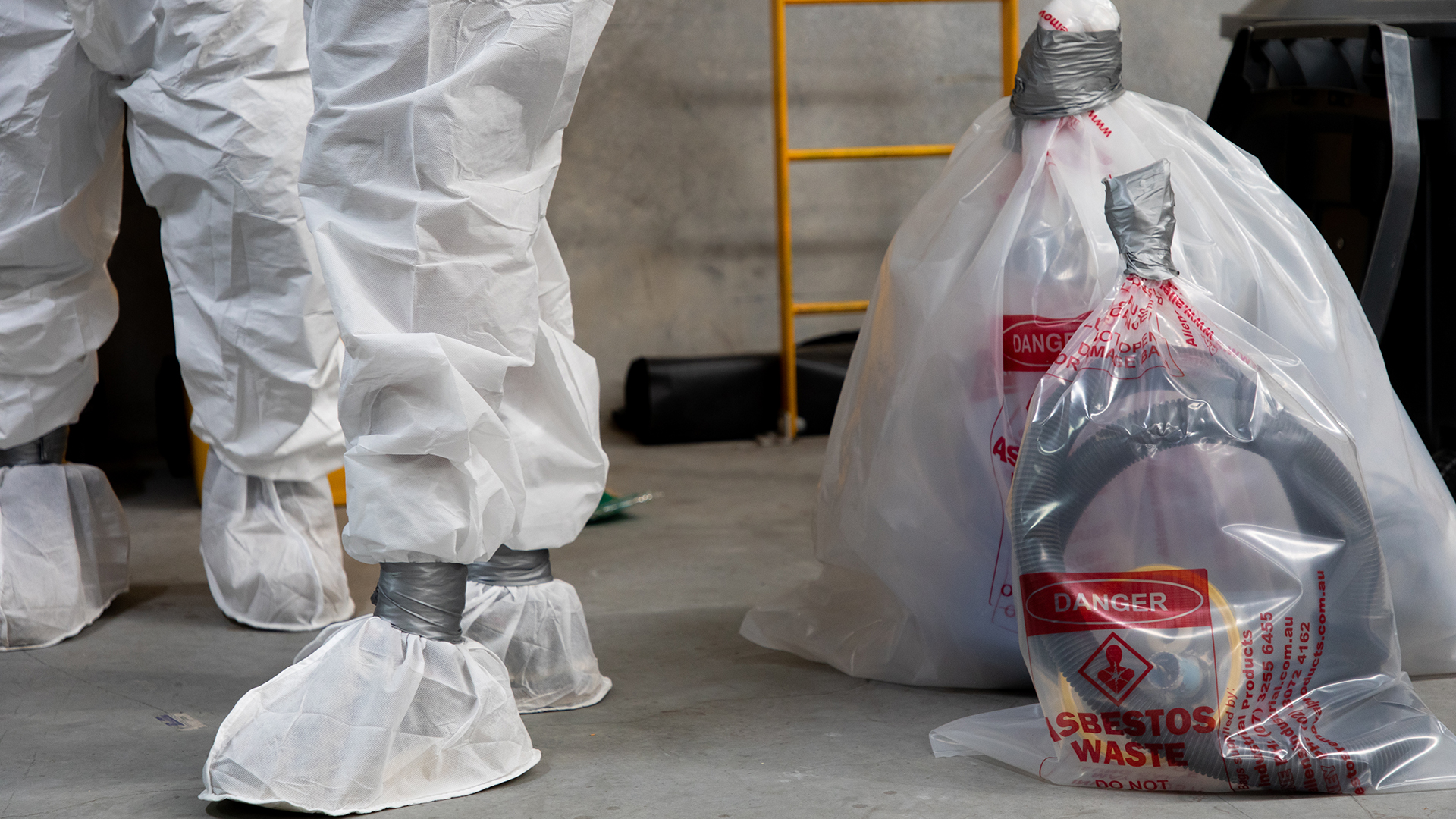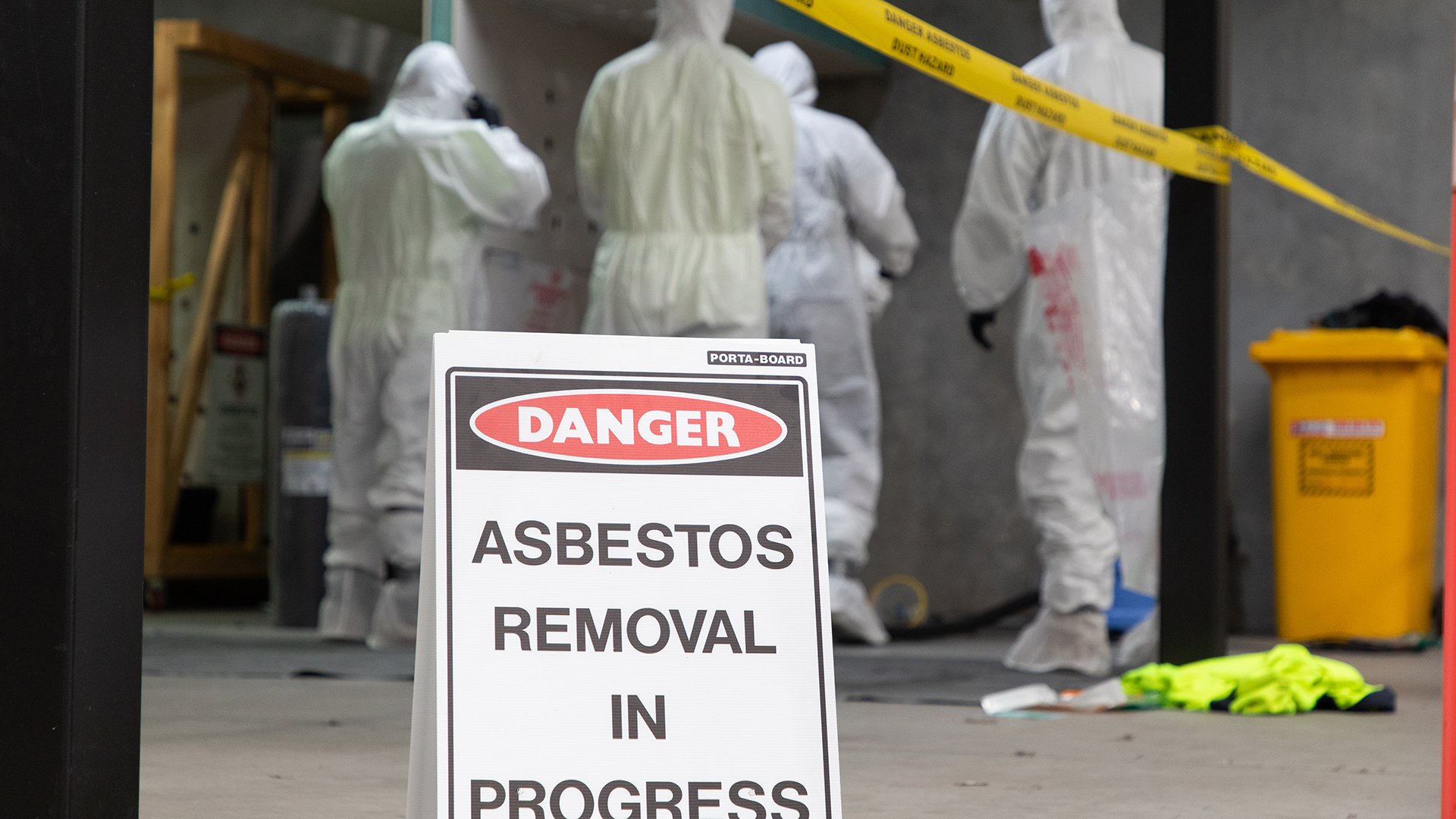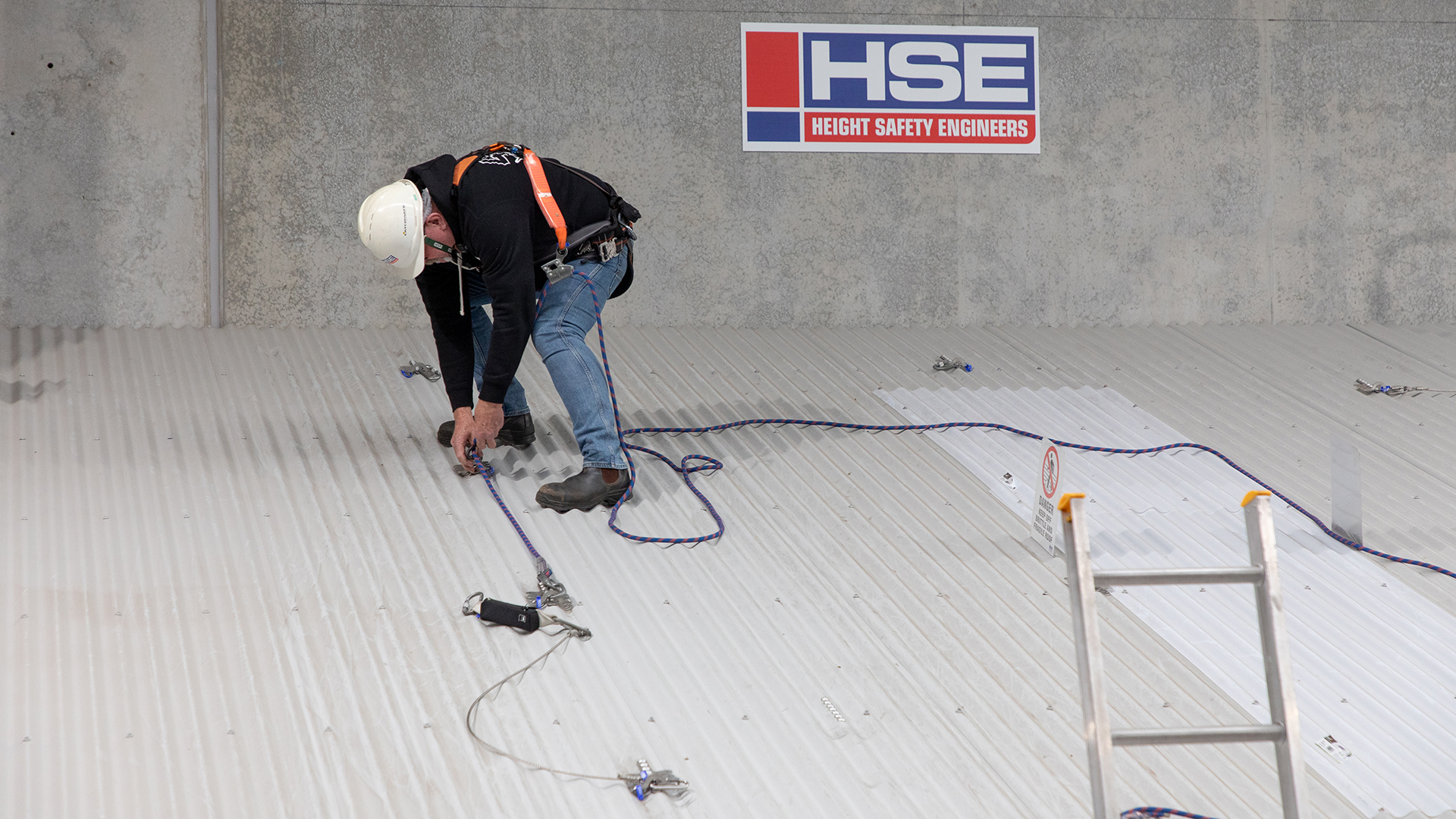11084NAT Course in asbestos awareness
11084NAT Course in asbestos awareness teaches how to identify potential asbestos contamination.

Asbestos is one of the most insidious and dangerous substances you can come across. When the loose fibres are inhaled or swallowed, it can lead to mesothelioma, a deadly and incurable cancer.
Unfortunately, asbestos was widely used in commercial and residential construction prior to the 1980’s. Whenever a building with asbestos containing materials (ACMs) is renovated or demolished, it poses significant health risks to workers. Over the years, large amounts of asbestos have even been found buried underground after old structures have been carelessly demolished.
Knowing how to identify areas where asbestos contamination is likely is a skill every tradesperson should have from the start of their career.
11084NAT Course in asbestos awareness is a nationally accredited course. It is aimed at workers who may be potentially exposed to asbestos or ACMs. This includes electricians, builders, handymen, air conditioner installers, cleaners, engineers, landscapers, and demolition crews.
The course is designed to give you the knowledge to identify and properly report asbestos containing materials and can be completed in four hours.
Completing the 11084NAT Course in Asbestos Awareness is mandatory in the ACT for all workers who are reasonably likely to work with asbestos or ACMs. Although other jurisdictions do not require this training, HSE recommends avoiding non-accredited asbestos awareness training as certificates from these courses may not be recognised by some employers, PCBUs or job sites.
Please note completion of the 11084NAT Course in Asbestos Awareness does not permit you to physically handle asbestos in any way or to work in an area where there is exposed asbestos. HSE recommends training in working with asbestos containing materials as well as removal of non-friable asbestos for those required to work in areas of potential asbestos contamination
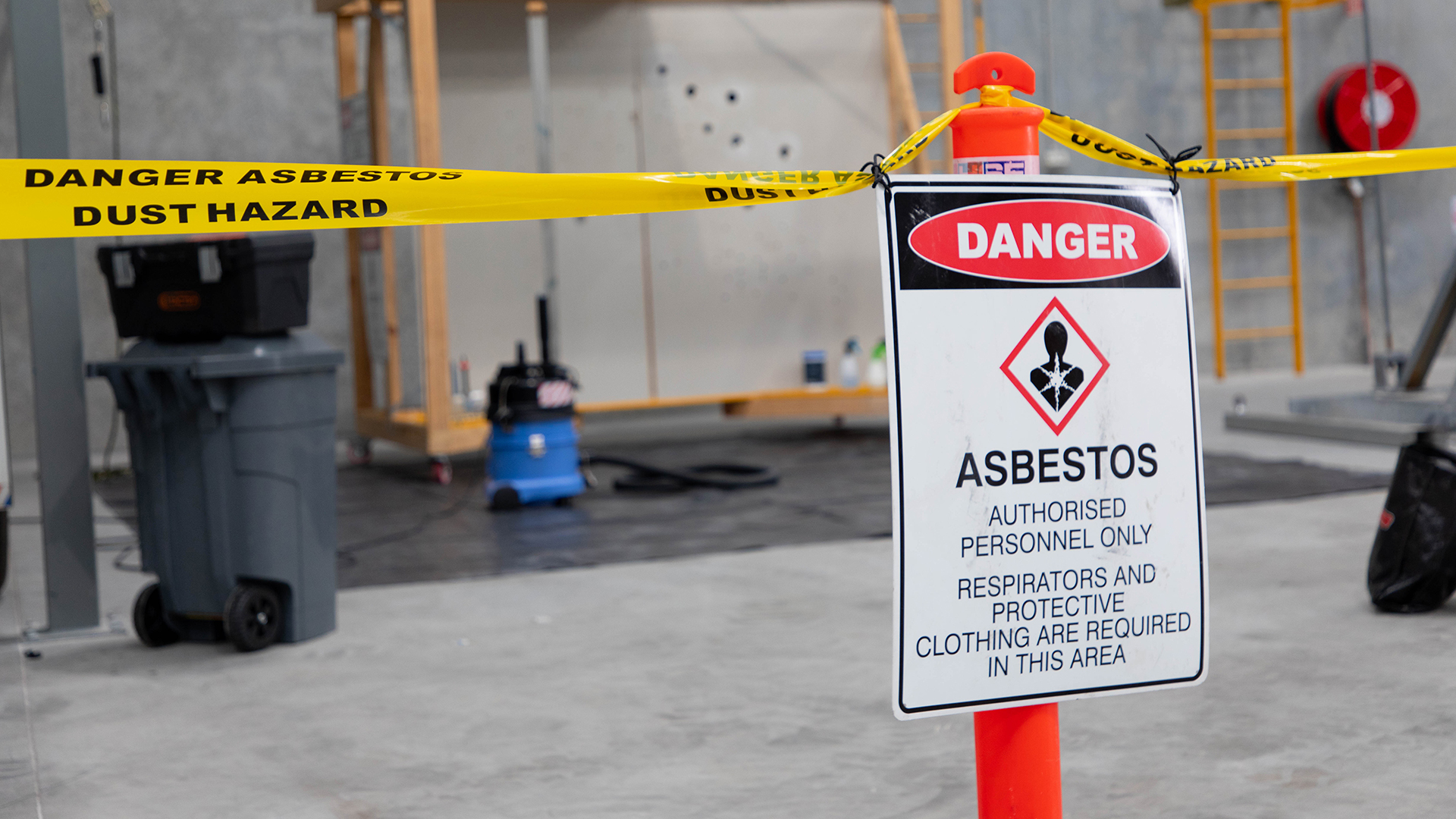
About this course
This course is aimed at workers who in their fields of work may be potentially exposed to asbestos or asbestos containing material. The course is designed to give participants the knowledge to identify and report asbestos containing materials.
Duration: 1/2 day (4 hours)
Student/trainer ratio: 20:1
Course objectives and content
- Knowledge and skills to identify when and where asbestos and asbestos containing materials (ACM) may be present.
- Knowledge of the hazards and risks associated with asbestos exposure and inhalation.
- Precautions that need to be taken if asbestos is present.
- Reporting procedures
- An understanding of everyone’s general duty of care.

Qualification for successful participants
Statement of attainment in:
11084NAT Course in asbestos awareness

Combine training courses for comprehensive asbestos safety skills
Height Safety Engineers also suggests completing 10852NAT Course in working safely with asbestos containing materials, as a follow-up to the asbestos awareness training course. This course gives participants the skills and knowledge needed to safely cut into, drill into or undertake other minor works on asbestos sheeting and other asbestos containing materials.
Like the asbestos awareness course, the working safely with asbestos containing materials training is a requirement to be undertaken by those working in a range of different occupations, before they are allowed to undertake work in the Australian Capital Territory.
For comprehensive asbestos safety training, HSE strongly recommends students undertaking 11084NAT Course in asbestos awareness also complete 10852NAT Course in working safely with asbestos containing materials.
The dangers of asbestos
Asbestos is a naturally occurring mineral that resists exposure to fire, sound, water, and chemicals. It is composed of millions of fibres. Fibres that become airborne pose serious health risks to anyone who breathes them in.
Asbestos never deteriorates, which is why it was originally used for construction purposes. Asbestos sheeting could be very strong yet lightweight material, making it easy to handle and install.
There are two types of asbestos – friable (bonded) and non-friable (non-bonded).
Friable asbestos is a material containing asbestos that when dry, is in powder form or may be crushed or pulverised into powder form using your hand. This material poses a higher risk of exposing people to airborne asbestos fibres.
Non-friable asbestos products are solid, and you can’t crumble them in your hand. The asbestos has been mixed with a bonding compound such as cement. The fibres of non-friable asbestos can still be dangerous. When cracked, damaged, or drilled through the fibres can become airborne, making them very easy to inhale.
11084NAT Course in asbestos awareness FAQs
At HSE, we recommend that every tradesperson undertake asbestos awareness training. Although it has not been used in new construction for nearly 40 years, it is still widely found in buildings across Australia.
Most states and territories have workplace safety laws that require tradespeople, and others likely to be working in places that may have asbestos contamination, to undertake some sort of training in asbestos awareness. This is so they can identify where contamination is likely to exist and then implement procedures to mitigate the risk of exposure or inhalation of fibres.
11084NAT Course in asbestos awareness is a nationally recognised training course. This means that no matter where you are in Australia, the statement of attainment achieved from successful completion of this training course will be recognised.
While there are other asbestos awareness training courses available from other training providers, they may not be nationally recognised. For participants, this can cause issues as many employers, PCBUs, contractors or job sites require completion of a nationally recognised unit of competency to satisfy their own rules and procedures for meeting asbestos awareness workplace safety obligations.
For those looking to undertake work in the ACT, completion of 11084NAT Course in asbestos awareness is mandated by law.
No. This course does not allow you to handle, work on or remove asbestos or asbestos containing materials.
10852NAT Course in working safely with asbestos containing materials gives participants skills in completing minor works in areas of asbestos contamination.
CPCCDE3014 Remove non-friable asbestos is a two-day course that teaches participants how to safely undertake the removal of non-friable asbestos.
Additional information about training at HSE
All necessary equipment and learning materials will be provided. Light refreshments will be provided for training completed at our training facilities. Please wear comfortable clothing and enclosed footwear.
A literacy and numeracy quiz will be conducted prior to the start of the course. This assists us in providing adequate course material to all our students. It is recommended that participants have:
- Numeracy skills to
- calculate basic sums using addition, substraction, multiplication and division.
- locate and recognise numbers commonly used in safety signage.
- Reading skills so
- identify and interpret information from workplace procedures, documentation and regulations.
- follow safety instructions that are written in English.
- Writing skills to
- produce or complete written documents and forms commonly required in the workplace.
- maintain records of tests and results.
- form short sentences and paragraphs in English.
- Communication skills to
- use a range of techniques and systems to communicate with others.
- ask clarifying questions.
- inform others of hazards and report incidents.
- communicate required actions.
- verbally communicate with others in English.
- Problem solving skills to
- identify hazards and risks.
- select and implement risk control measures.
- Computer skills to
- follow basic instructions to access specific websites.
- answer multiple choice questions.
- save documents.
Some courses will have practical components that require participants to physically push, pull, carry or climb. Participants with physical limitations are urged to speak to their trainer prior to completing practical activities to determine if reasonable adjustments can be accommodated. Participants who cannot perform practical components may be issued a certificate of attendance in lieu of the statement of attainment.
Participants must also be eligible to receive nationally recognised training within Australia. They must also provide us with a valid Unique Student Identifier (USI) upon enrolment. If you do not have a USI, one can be created here: CLICK HERE.
Some courses will have prerequisite training that will need to be completed prior to undertaking the selected course. A statement of attainment for the prerequisite course must be presented prior to the start of training. Please refer to the FAQ section, above, for details of any prerequisites your course may have.
Height Safety Engineers does not offer recognition of prior learning and/or credit transfer due to the high-risk nature of our training courses. It is also anticipated that participants will be new entrants or refreshing knowledge and skills in the area of study.
This will depend on the type of visa that you have.
For example restrictions apply to international visitors who hold a Student Visa. Any course undertaken by a Student Visa holder must be conducted by a provider who is registered on CRICOS. As Elbon Consulting Services Pty Ltd is not CRICOS approved we are unable to accept enrolments into any of our courses from any international visitor that holds a Student Visa.
International visitors who hold a Working Holiday Visa may be eligible to enrol into our courses once they arrive in Australia. This is important as some occupations in Australia will have legislative and/or licencing requirements relating to qualifications. International visitors will still be required to provide a valid USI (Unique Student Identifier) prior to enrolling into any Nationally Recognised Training. When registering for your USI number if you select Non-Australian Passport (with Australian Visa) as your form of ID, you will need to enter your Non-Australian passport number when creating your USI. The following details on the passport must match in order to verify in the USI registry system:
- Family Name
- Given Name(s)
- Date of Birth
- Passport Number
- Country of Passport
Students from New Zealand will not be able to create a USI using their New Zealand passport until your passport has been registered with the Australian Department of Immigration. This will only happen when the student crosses the border into Australia. Once the passport is registered with the Department of Immigration it can be verified and the student will be able to create a USI using their New Zealand passport.
If you are an International Visitor, you will need to provide a copy of your Visa and/or Passport by emailing training@heightsafety.net. Your Visa details will be verified for eligibility to participate in accredited training within Australia. If you are ineligible, a full refund of fees paid will be provided.
We may be able to provide you with learning support. If you think you may need assistance with reading and/or writing, please contact our office to discuss how we may be able to assist.
Training can be conducted in one of our dedicated state-of-the-art training facilities or be conducted on your site with the use of our mobile training simulators
